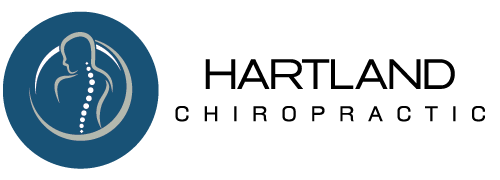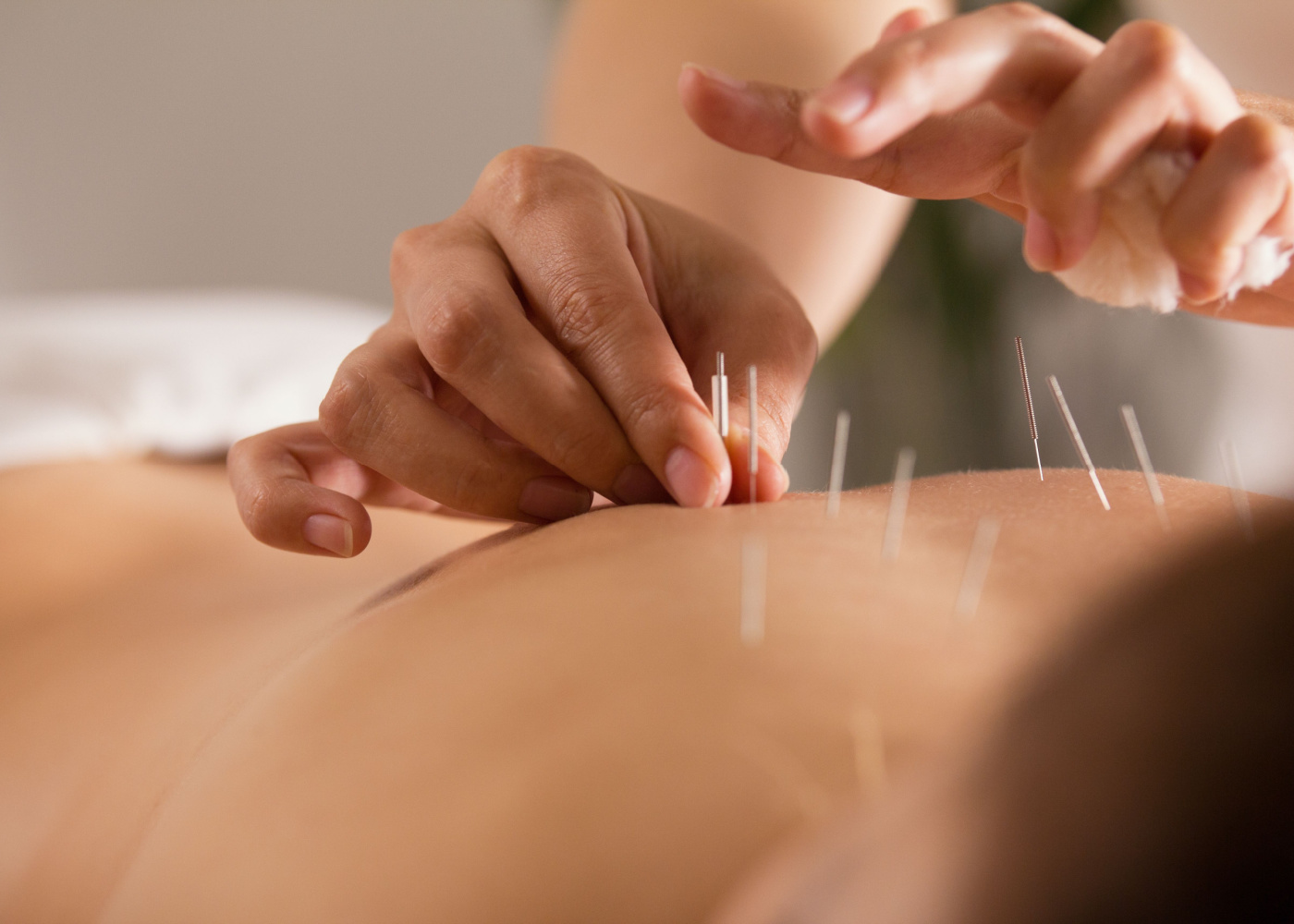Acupuncture is a very old medical art, and there are many approaches to learning and practising it. Medical acupuncture is the term used to describe acupuncture performed by a doctor trained and licensed in Western medicine that has also had thorough training in acupuncture as a speciality practice. Such a doctor can use one or the other approach, or a combination of both as the need arises, to treat an illness.
Common Questions About Acupuncture
Acupuncture is a therapeutic technique in which a Chiropractor or trained physical therapist inserts small, sterile filament needles into the skin and muscle directly at a myofascial trigger point. This generates a twitch response, helping release muscle tension and pain.
Although the exact mechanisms of acupuncture are not known, the technique has demonstrated both mechanical and biochemical effects. Pioneering studies by Dr. Jay Shah and his colleagues at the National Institutes of Health have shown that inserting a needle into trigger points can cause favourable biochemical change that can assist in reducing chronic pain issues.
Active trigger points consist of multiple contraction knots within a muscle, and they can develop due to injury, musculoskeletal dysfunction and overuse. Active trigger points impair a person’s ability to lengthen, strengthen or contract the muscle. As a result, the muscle shortens and compresses the structure around it, causing pain
The needle used in the procedure is very thin and most patients don’t even feel it penetrate the skin. The twitch response usually elicits a very brief (less than a second) painful response. Some patients describe this feeling as a little electrical shock or cramping sensation. This twitch response is a positive and desirable reaction. Pain may also be felt in the referral zone, also an expected response to treatment.
Benefits of Acupuncture
- Stress reduction
- Improved sleep
- Reduced inflammation

